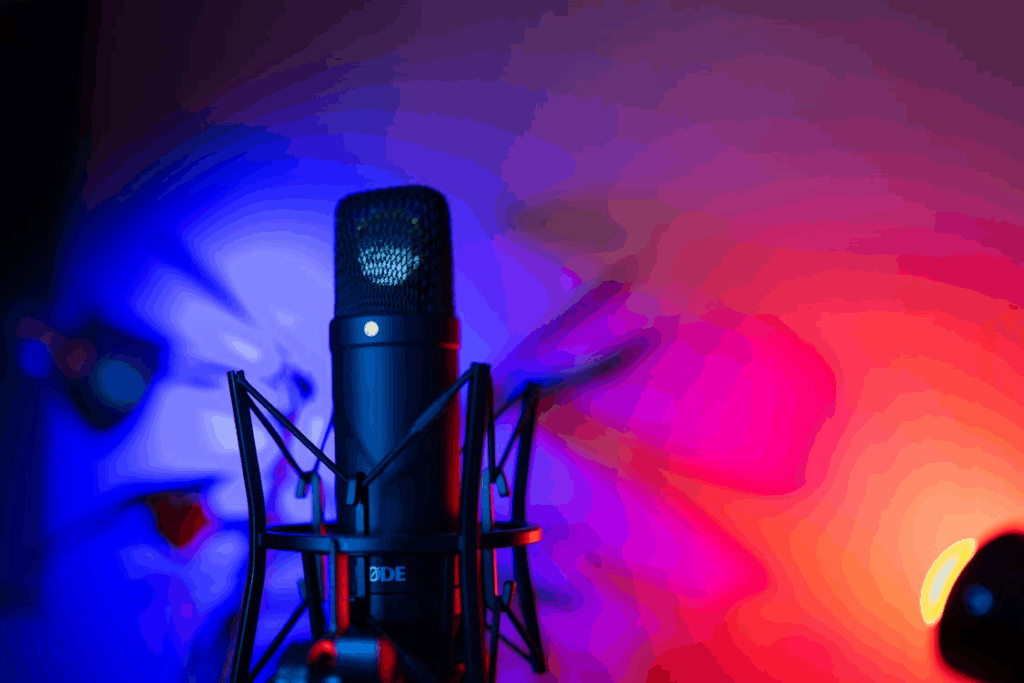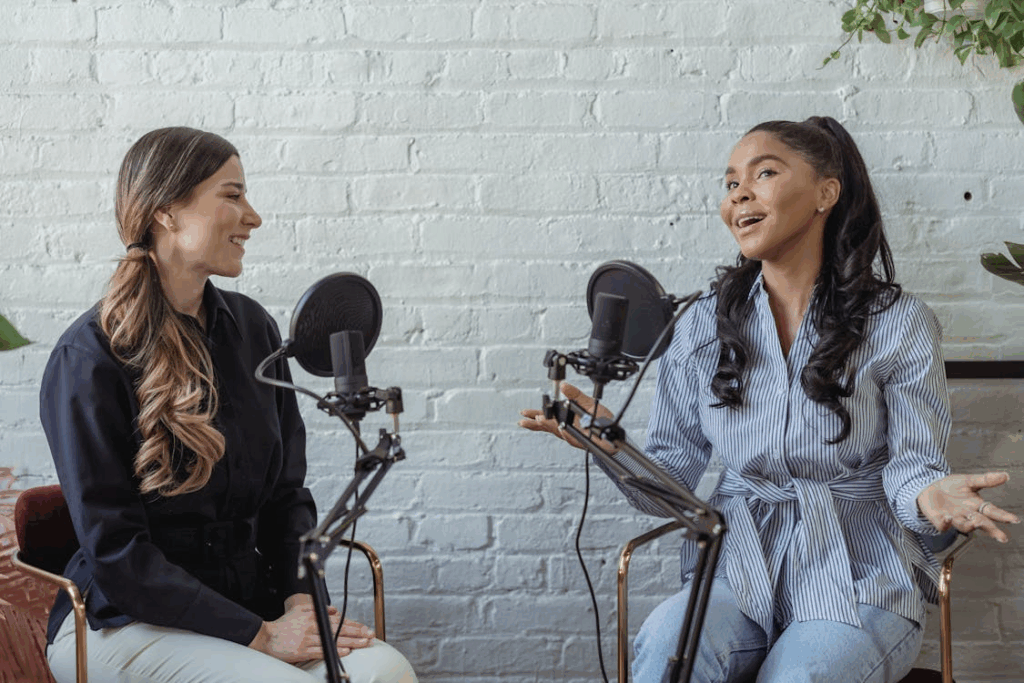Museums are no longer just quiet halls filled with artifacts. They’re becoming interactive, shareable experiences designed to capture the attention of a generation raised on screens.
The rise of short-form video culture, led by platforms such as TikTok and Instagram, has prompted traditional museums to reconsider their approach to engaging visitors. The goal? To merge education with immersion, and history with hands-on storytelling.
What was once “look, don’t touch” has evolved into “explore, record, and share.” Museums are reinventing themselves for a digital era without losing their soul.
The Shift From Observation to Interaction
For decades, museums were spaces of observation. Visitors moved passively from one exhibit to another, often reading plaques more than engaging with them. Now, experience-driven design dominates. Immersive lighting, augmented reality (AR), and sensory installations invite visitors to engage with exhibits rather than simply viewing them.
This transformation is fueled by the expectations of younger audiences who crave interactivity and instant connection. Gen Z and Millennials are less interested in static displays and more drawn to environments that let them step into the story. Museums that incorporate digital layers, such as projection mapping or AR filters, are seeing attendance soar.
The Museum of Ice Cream, for example, turned playfulness into an art form. At the same time, institutions like The Louvre and The Met have embraced social media collaborations that make art viral again.
See Behind the Scenes of Viral Internet Trends to understand social mechanics.
Education Meets Entertainment
Some critics argue that museums risk becoming photo ops, but in practice, digital engagement often deepens learning. When visitors document and share experiences, they reinforce memory through storytelling. Posting a clip about an exhibit requires reflection. It transforms passive viewing into active interpretation.
Many museums now design “Instagram moments” strategically, but they also pair them with substantive takeaways. A digital exhibit about ancient Egypt might include touch-screen hieroglyph decoders, or a modern art gallery might invite guests to create their own AI-generated pieces.
By blending education with entertainment, museums are making culture accessible to new audiences who might never have walked through the door otherwise.
Check out The Future of Libraries for another look at cultural spaces evolving with technology.
Reaching Global Audiences Through Social Media
TikTok and Instagram have become virtual extensions of the museum experience. Short videos of interactive exhibits can attract millions of viewers worldwide, inspiring future visits and democratizing access to culture. Behind-the-scenes content, curator Q&As, and time-lapse installations pull back the curtain, inviting users into the creative process.
Virtual tours, first popularized during the pandemic, remain a key strategy for expanding reach. These online experiences enable people across continents to engage with exhibits they could never visit in person, reinforcing the idea that museums are not just local institutions but global learning hubs.
The new model of museum engagement doesn’t replace physical visits; it amplifies them. Digital discovery sparks curiosity that often leads to real-world exploration.
Explore The Hidden Power of Fandoms to understand how communities sustain long-term interest.
The Future of Cultural Spaces
Museums that adapt will continue to thrive as hybrid spaces, whether it’s part classroom, part playground, part social feed. Future exhibits may incorporate AI-guided tours, motion-responsive installations, or visitor-generated content that becomes an integral part of the display.
At their best, modern museums do what great storytelling always has: connect people to meaning. By blending history, technology, and creativity, they ensure that culture remains relevant in the digital age.
Reinvention isn’t about abandoning tradition; it’s about evolving how we share it.




